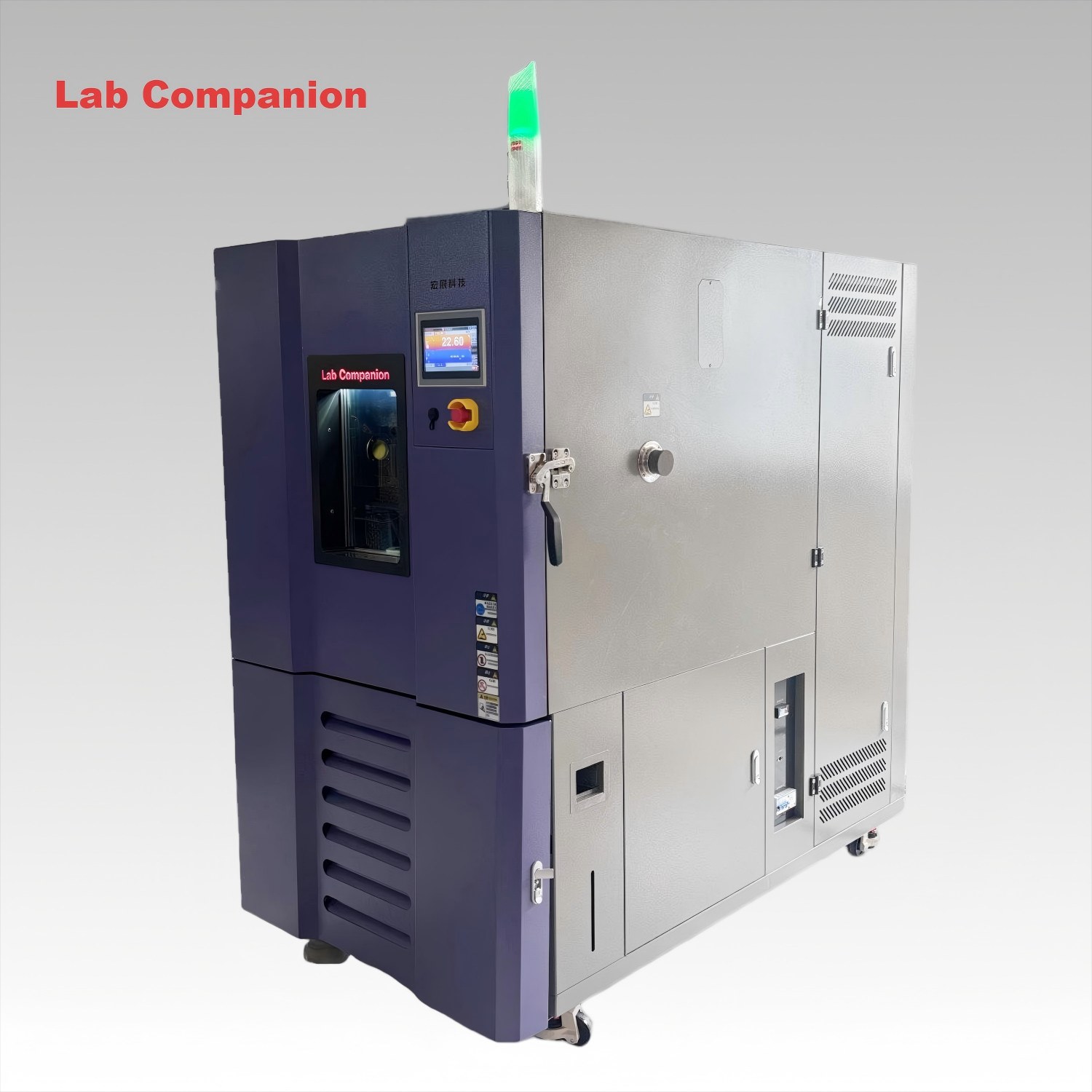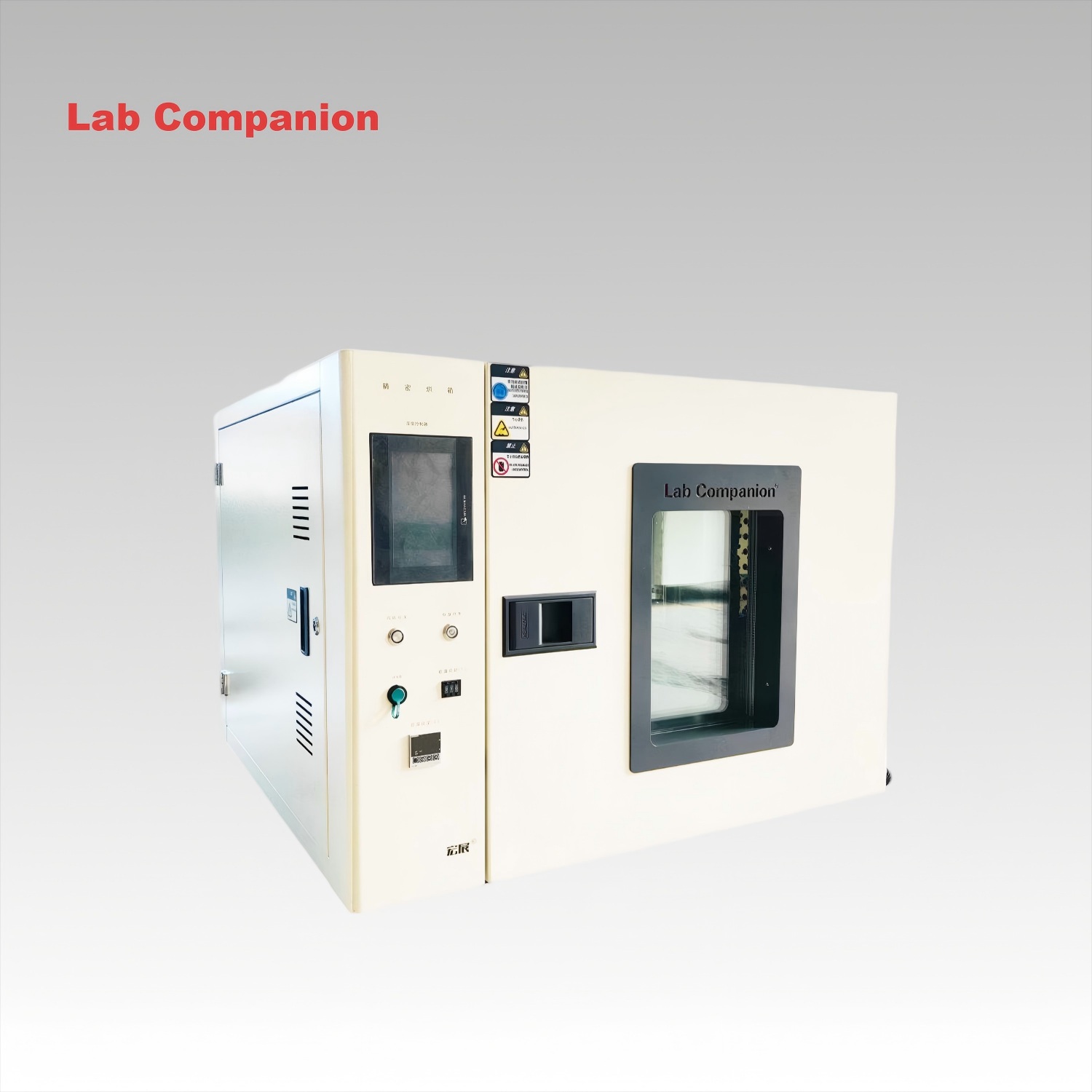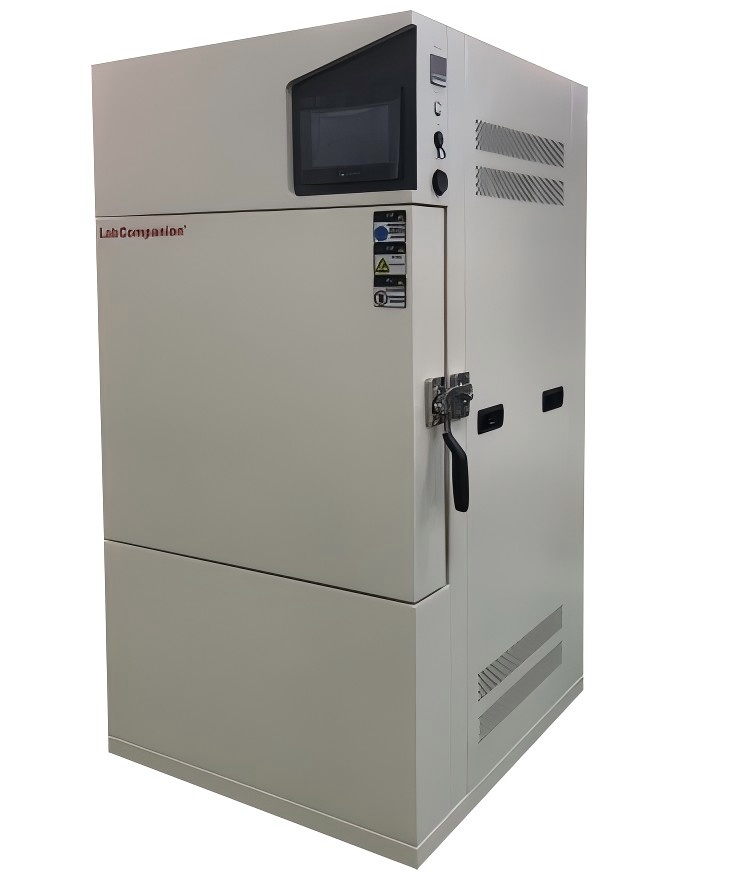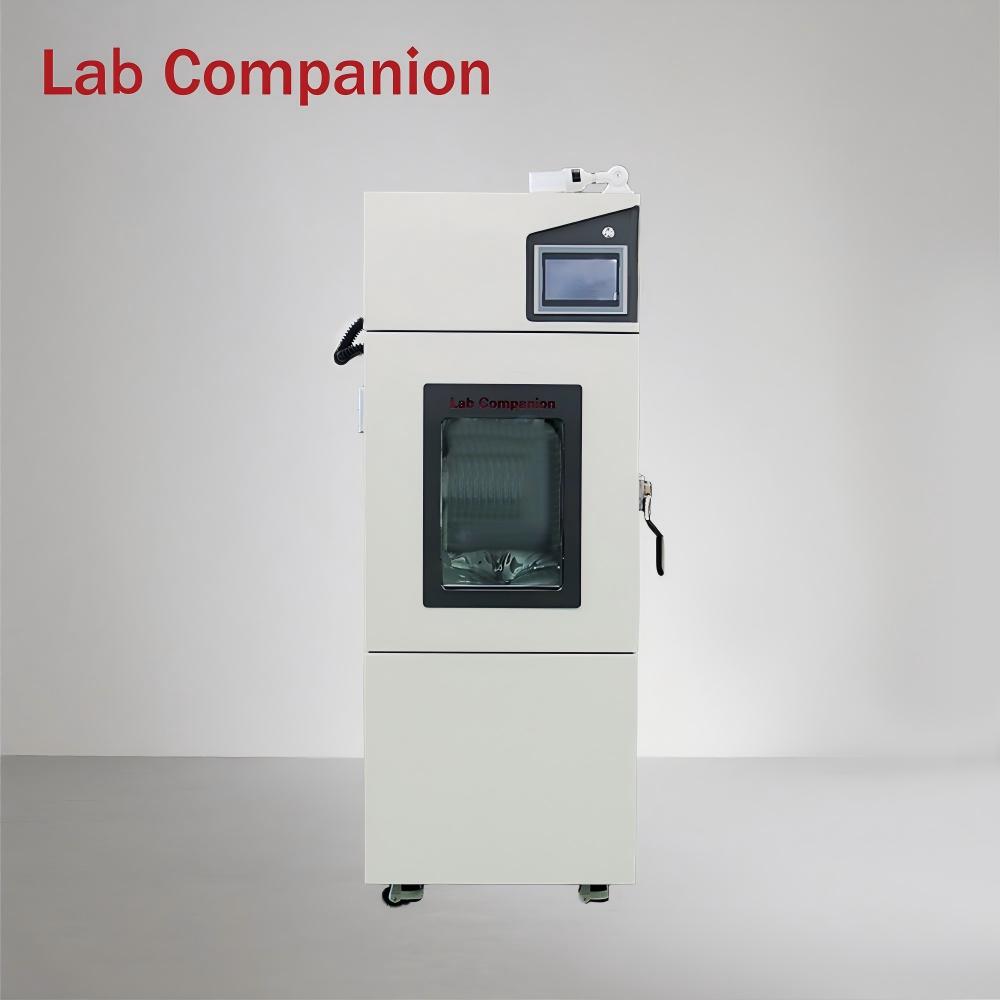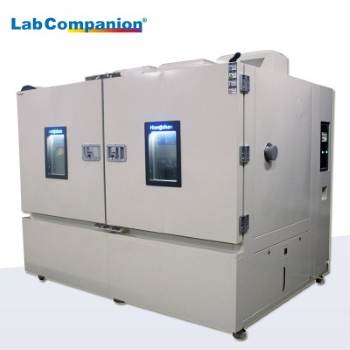Como escolher o método de resfriamento apropriado para câmaras de teste?
Sep 09, 2025
Resfriamento a ar e resfriamento a água são dois métodos comuns de dissipação de calor em equipamentos de refrigeração. A diferença mais fundamental entre eles reside nos diferentes meios utilizados para descarregar o calor gerado pelo sistema no ambiente externo: o resfriamento a ar depende do ar, enquanto o resfriamento a água depende da água. Essa diferença fundamental deu origem a inúmeras distinções entre eles em termos de instalação, uso, custo e cenários aplicáveis. 1. Sistema refrigerado a arO princípio de funcionamento de um sistema de resfriamento a ar é forçar o fluxo de ar através de um ventilador, soprando-o sobre seu componente central de dissipação de calor – o condensador com aletas –, transportando assim o calor do condensador e dissipando-o para o ar circundante. Sua instalação é muito simples e flexível. O equipamento pode operar simplesmente conectando-se à fonte de alimentação e não requer instalações de suporte adicionais, apresentando, portanto, os menores requisitos para reformas no local. Esse desempenho de resfriamento é significativamente afetado pela temperatura ambiente. Em verões quentes ou ambientes de alta temperatura com ventilação insuficiente, devido à diferença de temperatura reduzida entre o ar e o condensador, a eficiência de dissipação de calor cairá acentuadamente, resultando em uma diminuição na capacidade de resfriamento do equipamento e um aumento no consumo de energia operacional. Além disso, será acompanhado por um ruído considerável do ventilador durante a operação. Seu investimento inicial geralmente é baixo e a manutenção diária é relativamente simples. A principal tarefa é limpar regularmente o pó das aletas do condensador para garantir uma ventilação suave. O principal custo operacional é o consumo de eletricidade. Os sistemas refrigerados a ar são altamente adequados para equipamentos de pequeno e médio porte, áreas com eletricidade abundante, mas recursos hídricos escassos ou acesso inconveniente à água, laboratórios com temperaturas ambientais controláveis, bem como projetos com orçamentos limitados ou aqueles que preferem um processo de instalação simples e rápido. 2. Sistema de refrigeração a águaO princípio de funcionamento de um sistema de resfriamento a água é usar água circulante fluindo através de um condensador dedicado resfriado a água para absorver e transportar o calor do sistema. O fluxo de água aquecida é geralmente transportado para a torre de resfriamento externa para resfriamento e, em seguida, reciclado novamente. Sua instalação é complexa e requer um conjunto completo de sistemas de água externos, incluindo torres de resfriamento, bombas de água, redes de tubulação de água e dispositivos de tratamento de água. Isso não apenas fixa o local de instalação do equipamento, mas também impõe altas demandas em planejamento e infraestrutura do local. O desempenho de dissipação de calor do sistema é muito estável e basicamente não é afetado por mudanças na temperatura ambiente externa. Enquanto isso, o ruído operacional próximo ao corpo do equipamento é relativamente baixo. Seu investimento inicial é alto. Além do consumo de eletricidade, há também outros custos, como o consumo contínuo de recursos hídricos durante a operação diária. O trabalho de manutenção também é mais profissional e complexo, e é necessário para evitar a formação de incrustações, corrosão e crescimento microbiano. Os sistemas refrigerados a água são adequados principalmente para equipamentos industriais grandes e de alta potência, oficinas com altas temperaturas ambientes ou condições de ventilação precárias, bem como situações em que são necessárias estabilidade de temperatura e eficiência de refrigeração extremamente altas. Escolher entre resfriamento a ar e resfriamento a água não se trata de julgar sua superioridade ou inferioridade absoluta, mas de encontrar a solução que melhor se adapta às condições específicas de cada um. As decisões devem ser baseadas nas seguintes considerações: em primeiro lugar, equipamentos de grande porte e alta potência geralmente preferem o resfriamento a água para obter um desempenho estável. Ao mesmo tempo, o clima geográfico do laboratório (se está quente), as condições de abastecimento de água, o espaço de instalação e as condições de ventilação precisam ser avaliados. Em segundo lugar, se um investimento inicial relativamente baixo for valorizado, o resfriamento a ar é uma escolha adequada. Se o foco for na eficiência energética operacional e estabilidade de longo prazo, e não se importar com o custo inicial relativamente alto de construção, então o resfriamento a água tem mais vantagens. Finalmente, é necessário considerar se o indivíduo tem a capacidade profissional para realizar a manutenção regular em sistemas de água complexos.
LEIA MAIS


